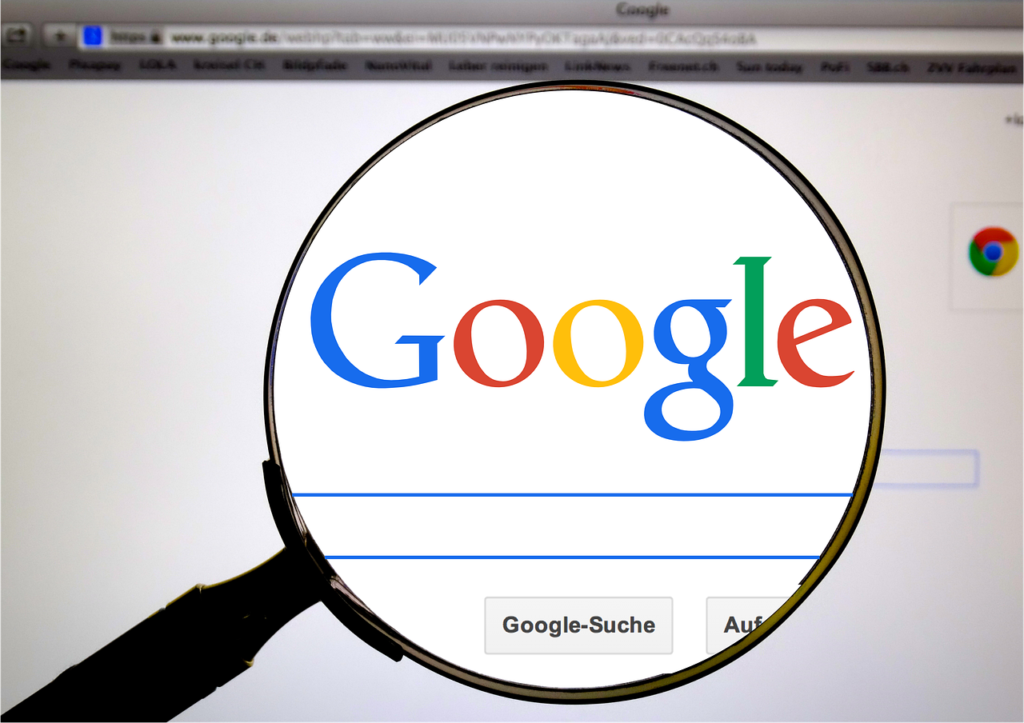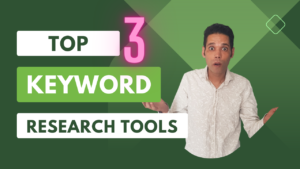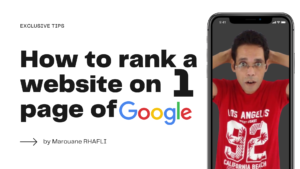
Are you discouraged by the hours spent writing content and improving your site when it is not visible on the first page of Google? Want to know the most important factors to optimize to climb to the top of the SERP? By publishing a guide to ranking systems, Google has given the SEO community a great gift. Here’s everything you need to know to attract more traffic to your web pages.
SEO guide: Google reveals how its algorithms work
In November 2022, Google announces the publication of a guide to Google Search ranking systems. This document explains the ranking systems currently used by the search engine. Although SEO experts certainly won’t learn anything new, this source of information is very informative for novices and amateurs.
In addition, an SEO glossary is offered to help understand the terms frequently used in the industry. This vocabulary is very useful to know for anyone who wants to improve the organic referencing of their website! Finally, the Mountain View Giant reveals the current ranking systems and those that are no longer relevant.
To complement this essential source of information, Google then published a page dedicated to the update known as the “Helpful Content Update”. This system, based on machine learning, works on a website scale. That is to say, if certain malfunctions are observed on certain pages, the entire site will be penalized.
By doing so, Google allows the entire SEO community to better understand how search algorithms work. Thus, we can properly optimize our sites to, firstly, please our readers and, secondly, hope to improve our ranking on the results page of the most used search engine in the world.
Google Algorithms You Should Know

As mentioned earlier in this article, Google provides a list of current and outdated algorithms. Even though you can find these elements directly in their guide, here I offer a summary of this crucial information to know.
Current Google Ranking Systems
Here is the list of algorithms that are used today. These ranking systems are essential to know if you want to improve your site’s visibility on Google’s results pages.
- Google BERT: AI analyzes word combinations to understand user intent.
- Crisis information: Google distinguishes here between personal emergencies (suicide, assault, etc.) and SEO alerts (natural disasters, large-scale crises, etc.).
- Deduplication: purification of the results so as not to offer two similar contents in the SERP.
- Exact Domain Name Match: The system does not favor domain names that exactly match a specific query.
- Freshness of information: depending on the news and the type of research, Google may favor the most recent information.
- Useful content: the texts must above all be written for the readers and give relevant information.
- PageRank: The analysis of external links allows Google to identify the pages that best match the search intent.
- Local News: Display of local news sources in the “Top Stories” and “Local News” sections.
- Google MUM: this artificial intelligence is able to understand and generate language. This improves the results displayed for certain specific cases.
- Neural matching: Google is able to make concepts into queries and suggested pages.
- Original content: when information is repeated in many web pages, the first publication is favoured.
- Content removal requests: A site that experiences a lot of content removal requests (for legal or personal reasons) is downgraded.
- Page Experience: user comfort is a priority for Google. Thus, websites that meet this criterion are favored.
- Passages or sections of content: the AI classifies the passages of a web page in order to better understand its relevance.
- Product Reviews: Based on this information, Google rewards quality content.
- Rankbrain: this system makes it possible to understand the link between different words, and thus to display the most relevant results, even if the terms used are not the same.
- Reliability of information: the authority of the pages is essential to display quality content.
- Diversity of sites: in order to offer a good diversity of information, a maximum of 2 pages per site is displayed in the SERP.
- Spam detection: the systems used make it possible to sort efficiently and display only the most useful and relevant results.
Outdated Google Ranking factors
Here is the list of systems that are no longer used by Google. Note that they have not completely disappeared, but have simply been integrated into more recent Google algorithms.
- Hummingbrid: first algorithm allowing Google to give meaning to words. Note that, if Rankbrain is not active, this system still appears to be in use.
- Mobile adaptation: sites best suited to mobile display were favored. This is still the case, but it is an integral part of the “Page Experience”.
- PageSpeed: loading speed (especially for mobile versions) is also included in “Page Experience”.
- Panda: thanks to this algorithm, original and high-quality content has been favored since 2011.
- Penguin: announced in 2012, this marked the start of Google’s fight against spam.
- Secure sites: an HTTPS site has an advantage over an HTTP site. Once again, this is part of the “Page Experience” ranking system.
Attention: all these factors are always taken into account! These algorithms are no longer relevant because they have been integrated with others.
The process of getting its page shown on Google
Knowing Google’s ranking systems is a great thing. But understanding how algorithms work is fundamental if you want to boost your SEO. This is why I explain here the basics to know before starting to optimize your site.
In order to provide the best results, search engines proceed in 3 steps: crawling, indexing and ranking.
1. The crawl
Google crawls the web looking for new pages. Note that more than 800,000 sites are created every day! As a result, this work can be long and tedious, which explains why a new site is not instantly present on the results pages.
To help Google find your new pages, placing links to your content is essential. Whether through internal networking or backlinks, you allow robots to find your pages more quickly.
2. Indexing
Indexing robots analyze the contents of the web pages found. They mainly focus on texts, tags and media (photos and videos). They then store these pages in a huge database called an “index”.
To send a good signal to Google, you must therefore structure your pages correctly. To do this, remember to carefully organize the plan of your pages, your texts and your titles. The quality and relevance of your content are also essential if you want to be displayed in the first positions of the results page.
3. Ranking
This is the positioning of the results in the SERP. Once the search has been performed, the algorithms scan the index to find the pages that best meet the user’s intent.
Depending on the keyword and the criteria mentioned above, the ranking of the proposed links is then determined. If you didn’t know, barely 2% of Internet users go to the second page, and more than 60% click on the first 3 results displayed. That’s why you shouldn’t neglect anything if you want to attract traffic to your site for free!
Conclusion
For commercial and security reasons, Google cannot reveal the exact functioning of its algorithms. Besides, no one knows exactly this information (the engineers work separately on a portion of the algorithm)! However, the leader of search engines is not stingy with good advice for anyone wishing to optimize their website.
By respecting the ranking systems listed in their SEO guide and by doing a good SEO watch, you put the odds on your side!
Did you know all these ranking criteria? Are your site and your content perfectly optimized? Up to you ! Control each of these elements and immediately boost your visibility!





